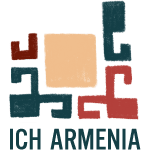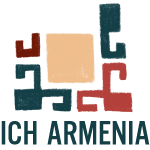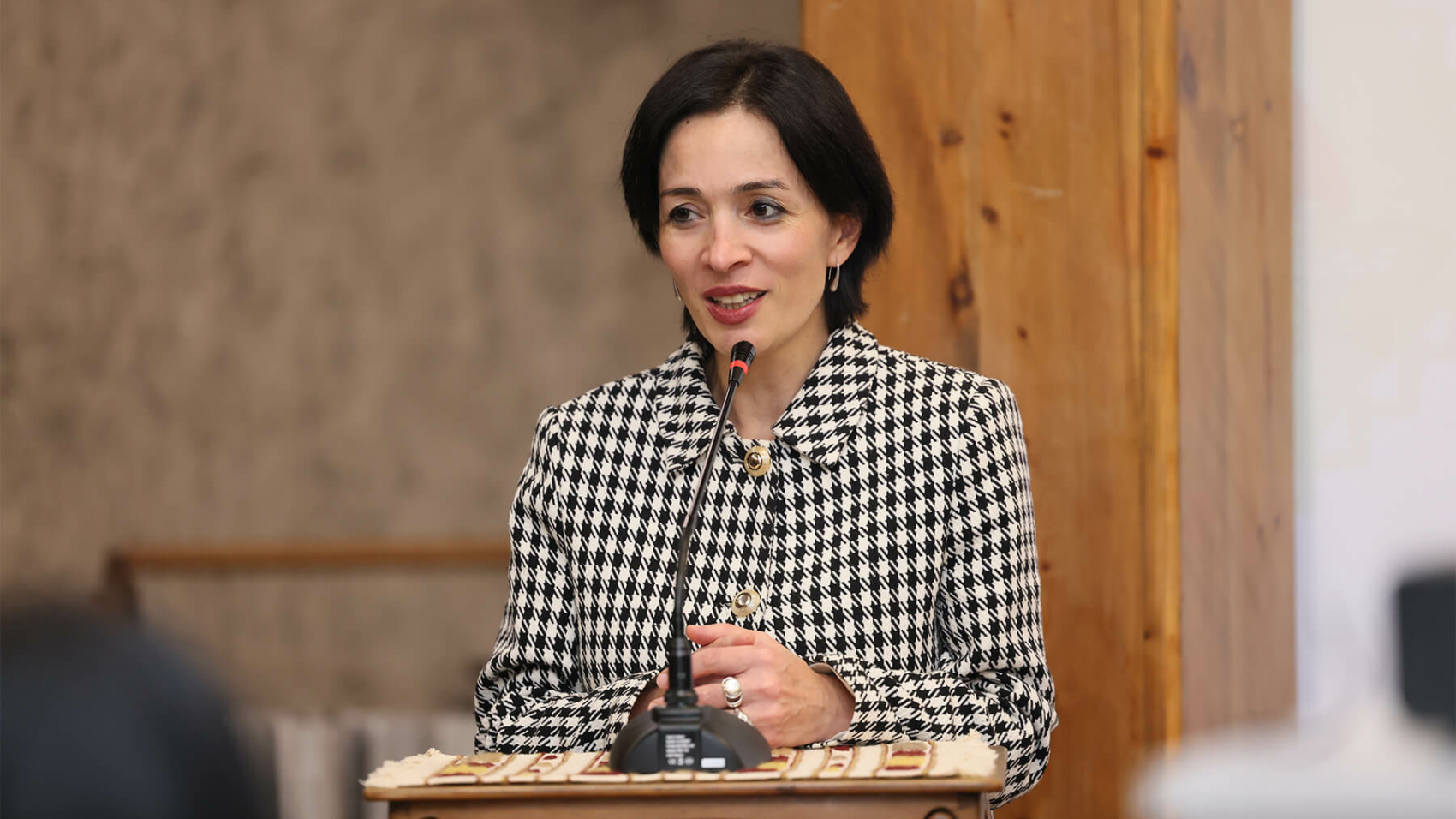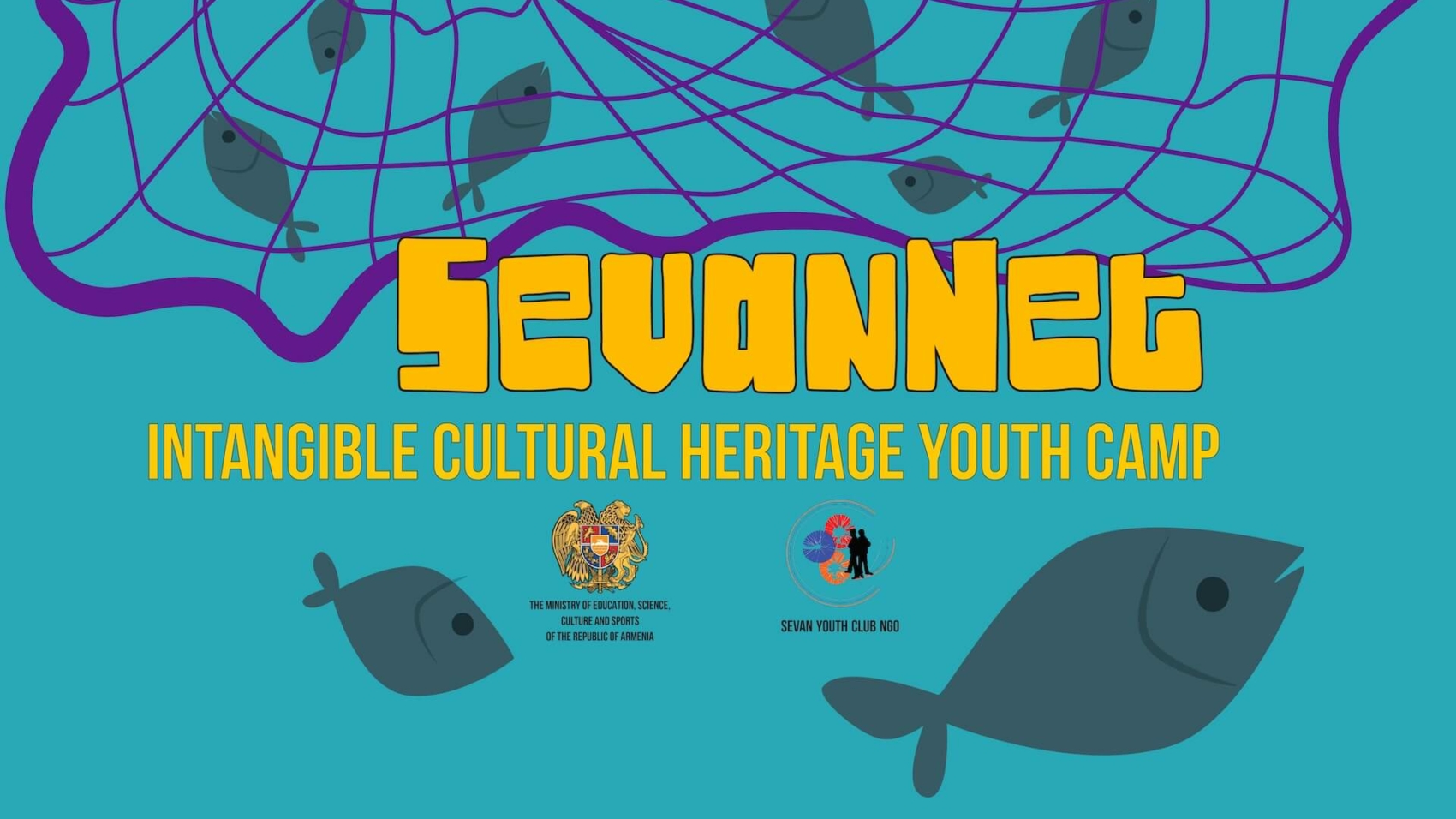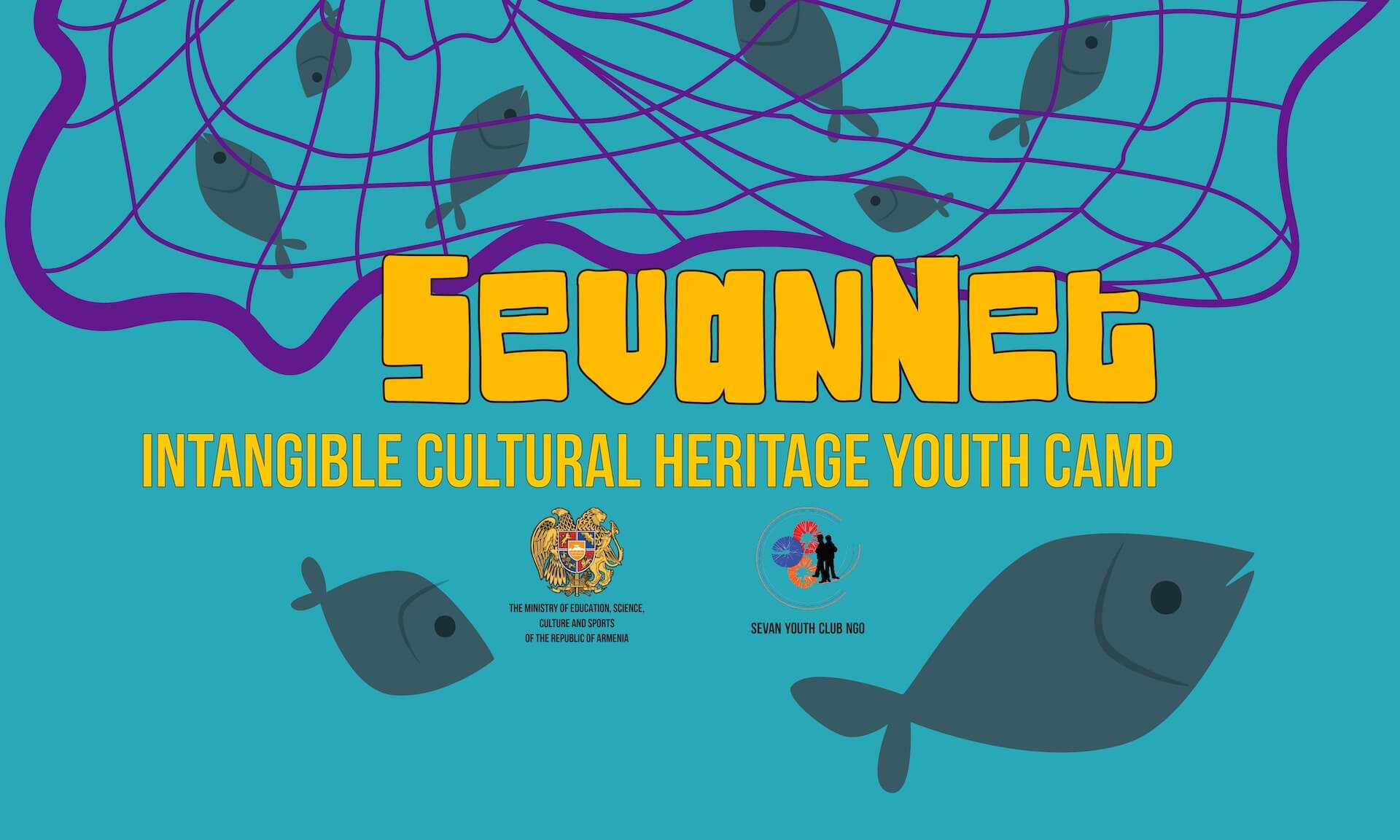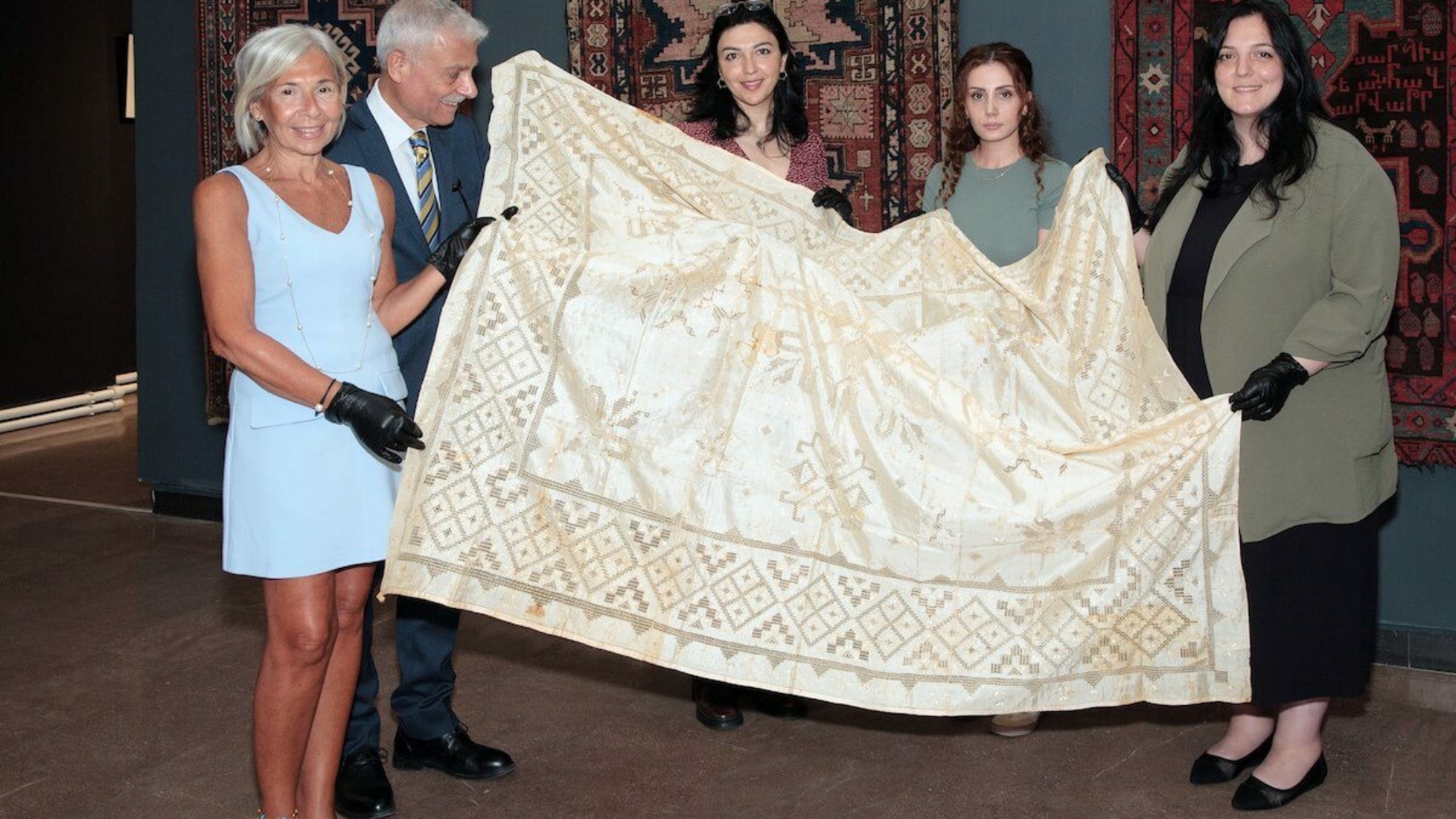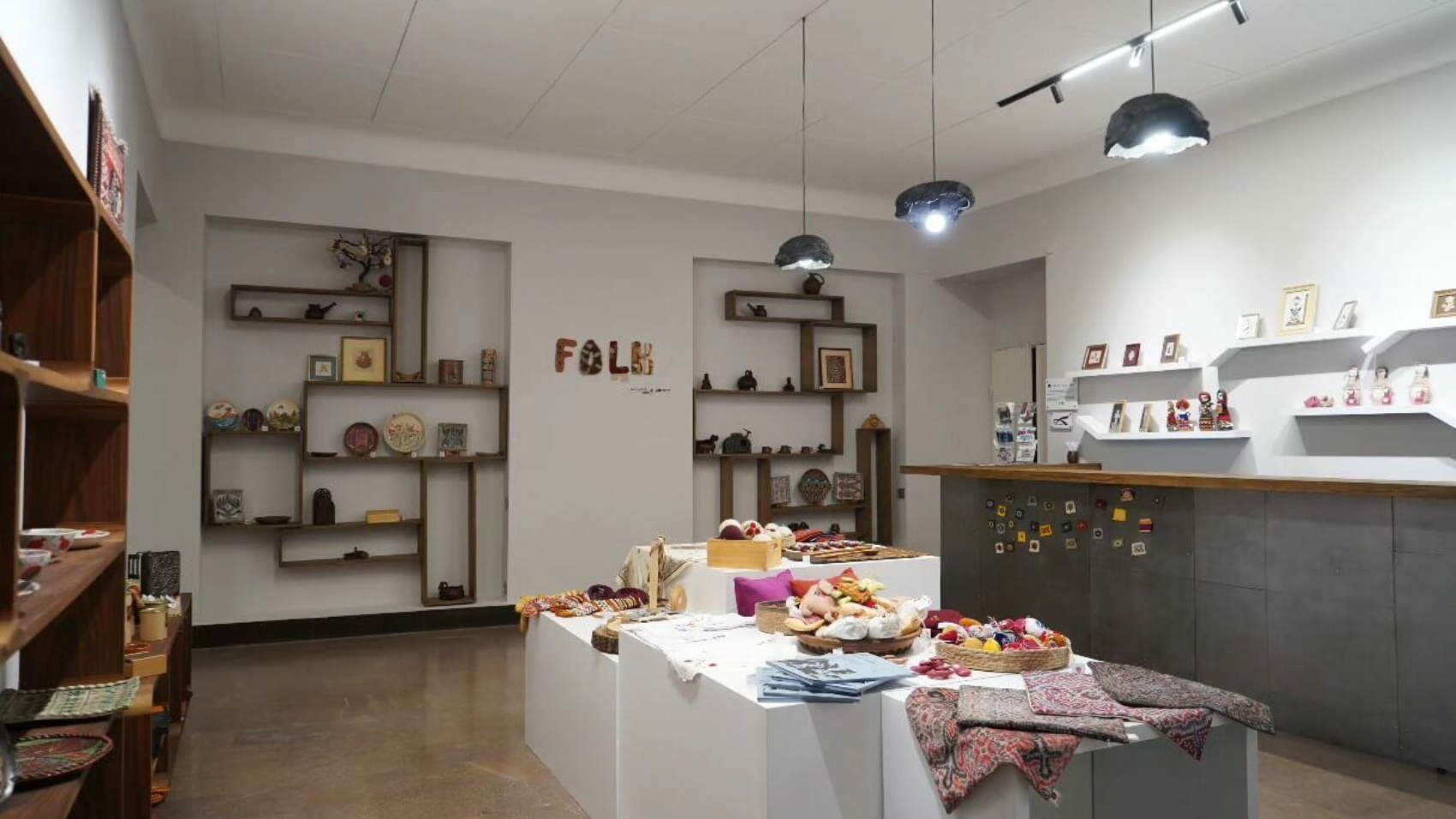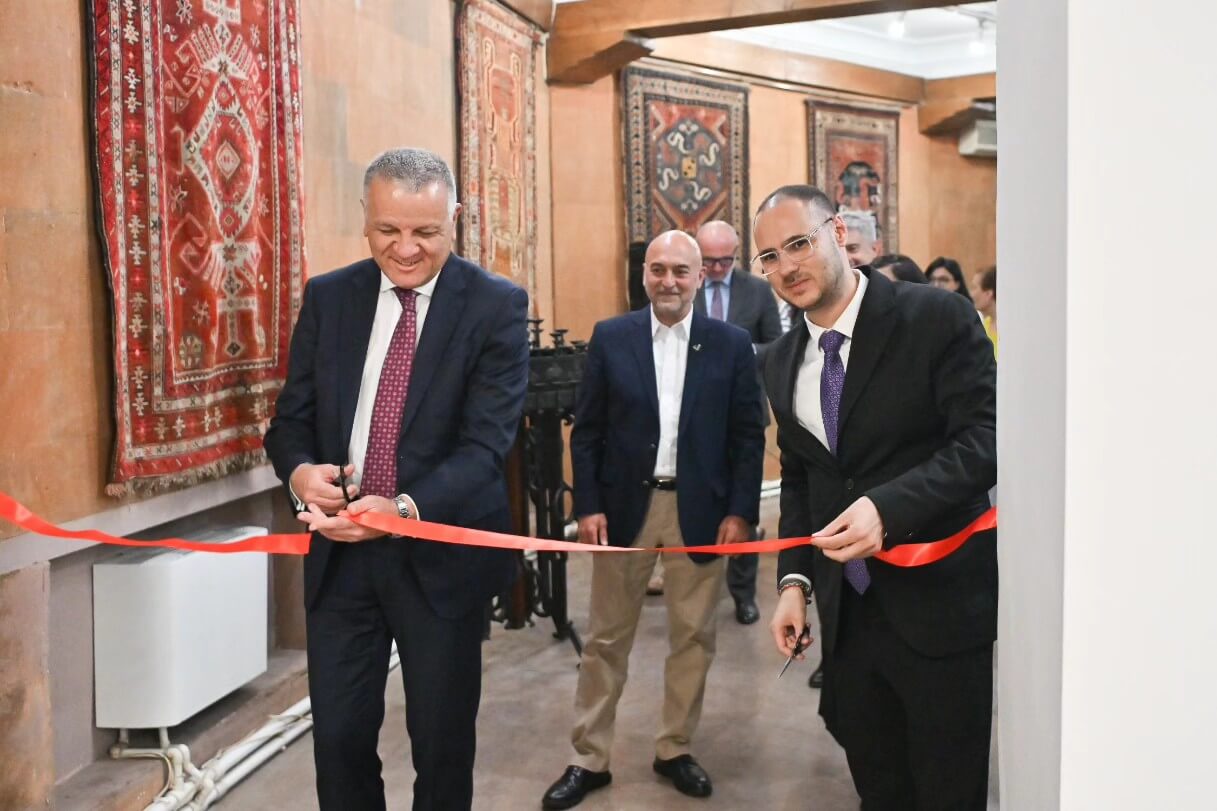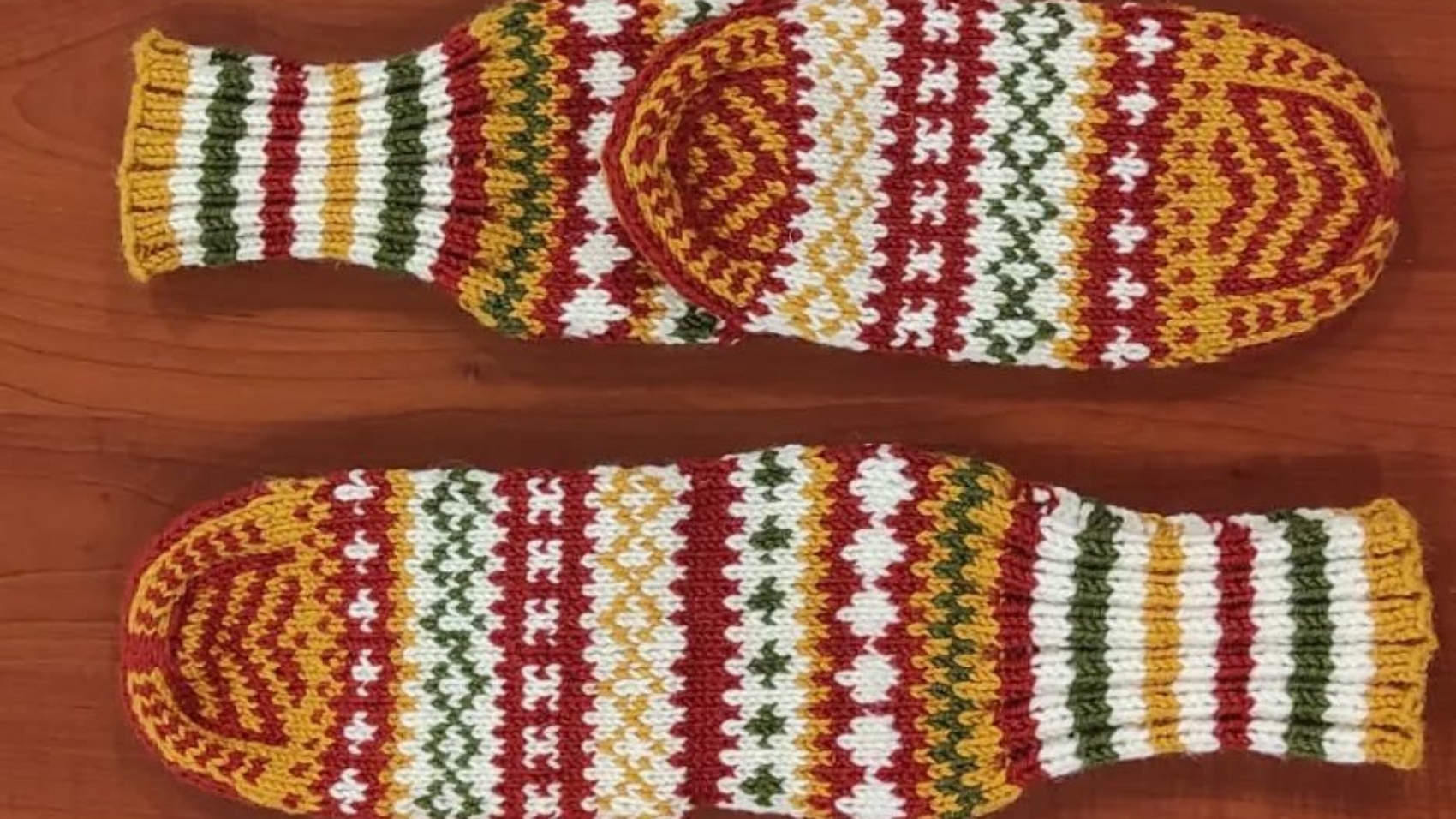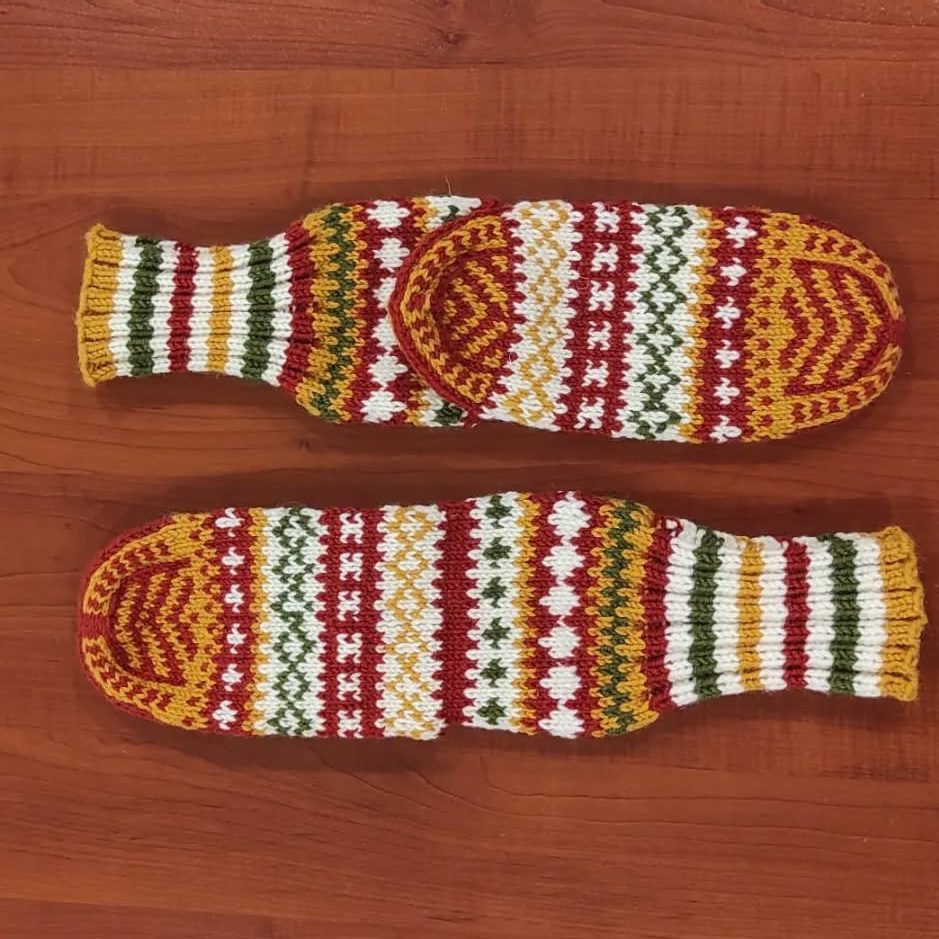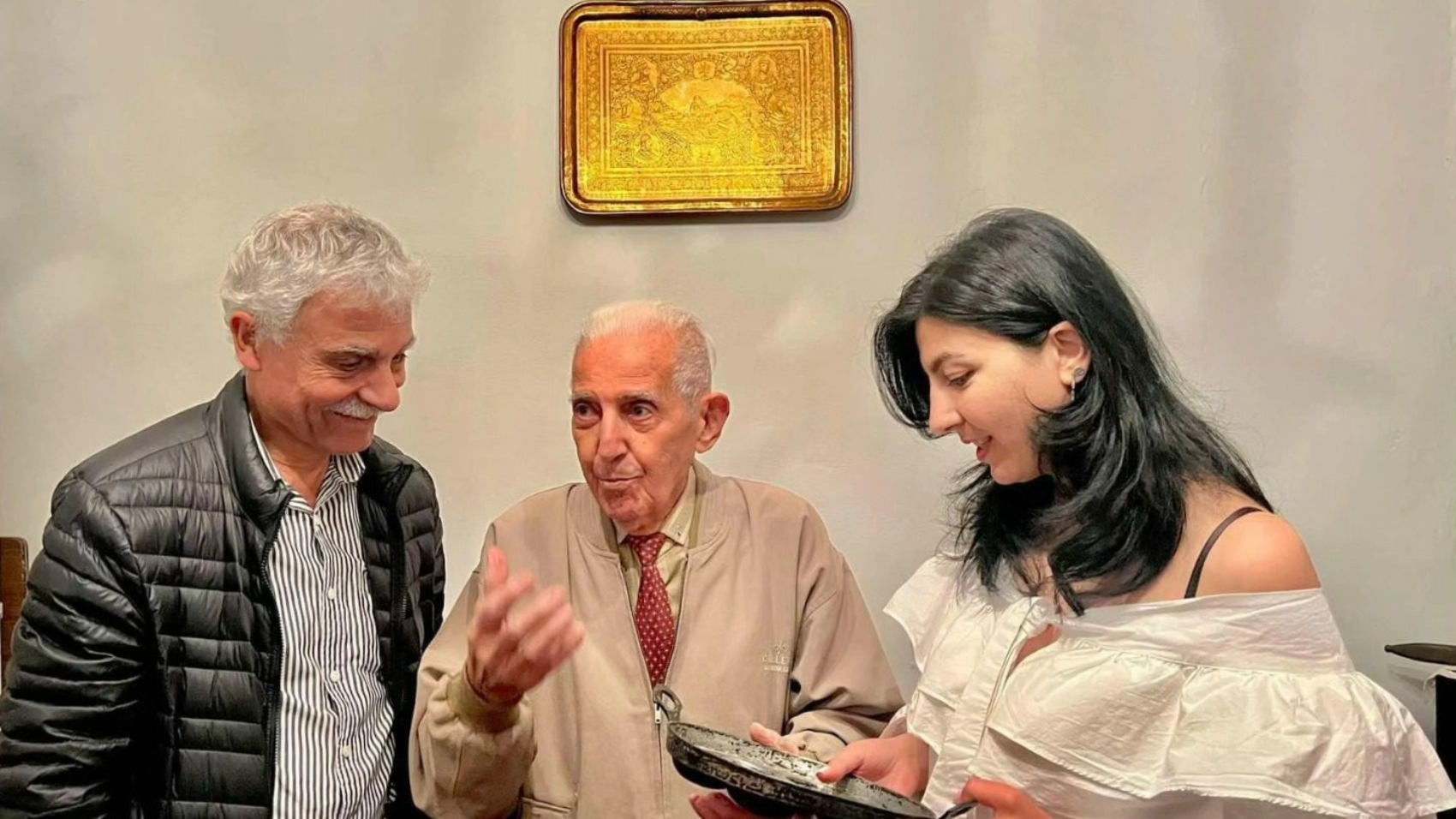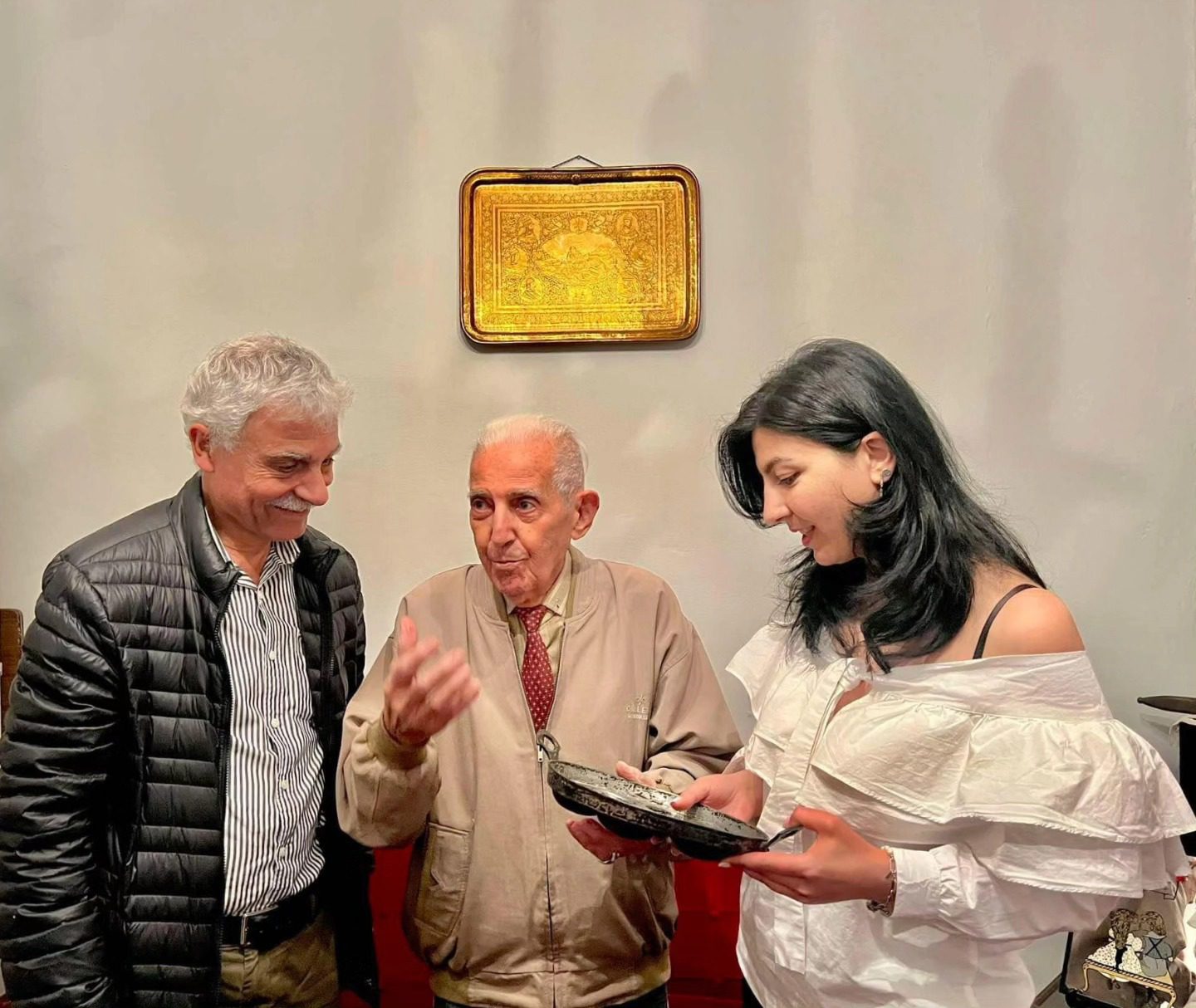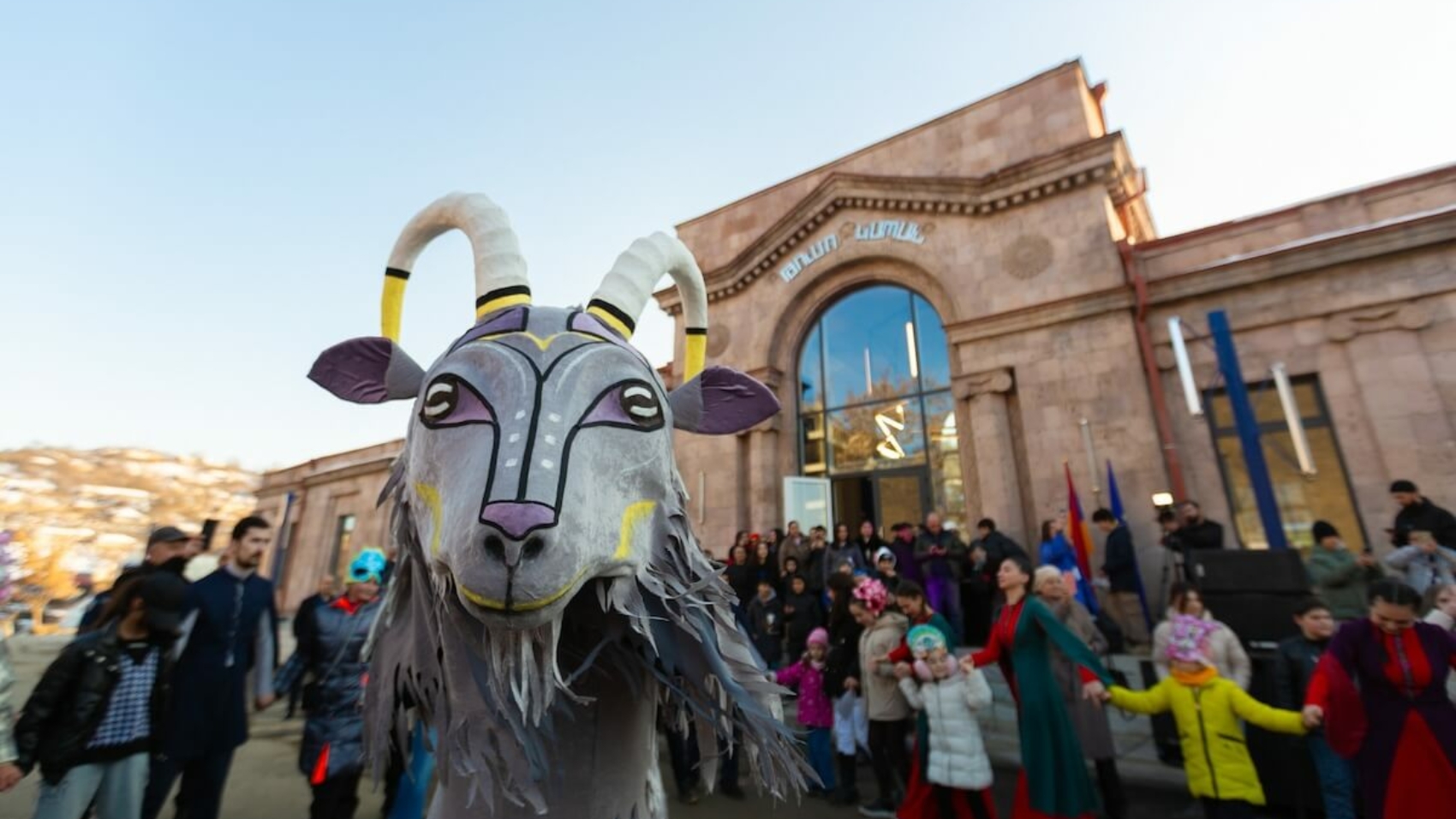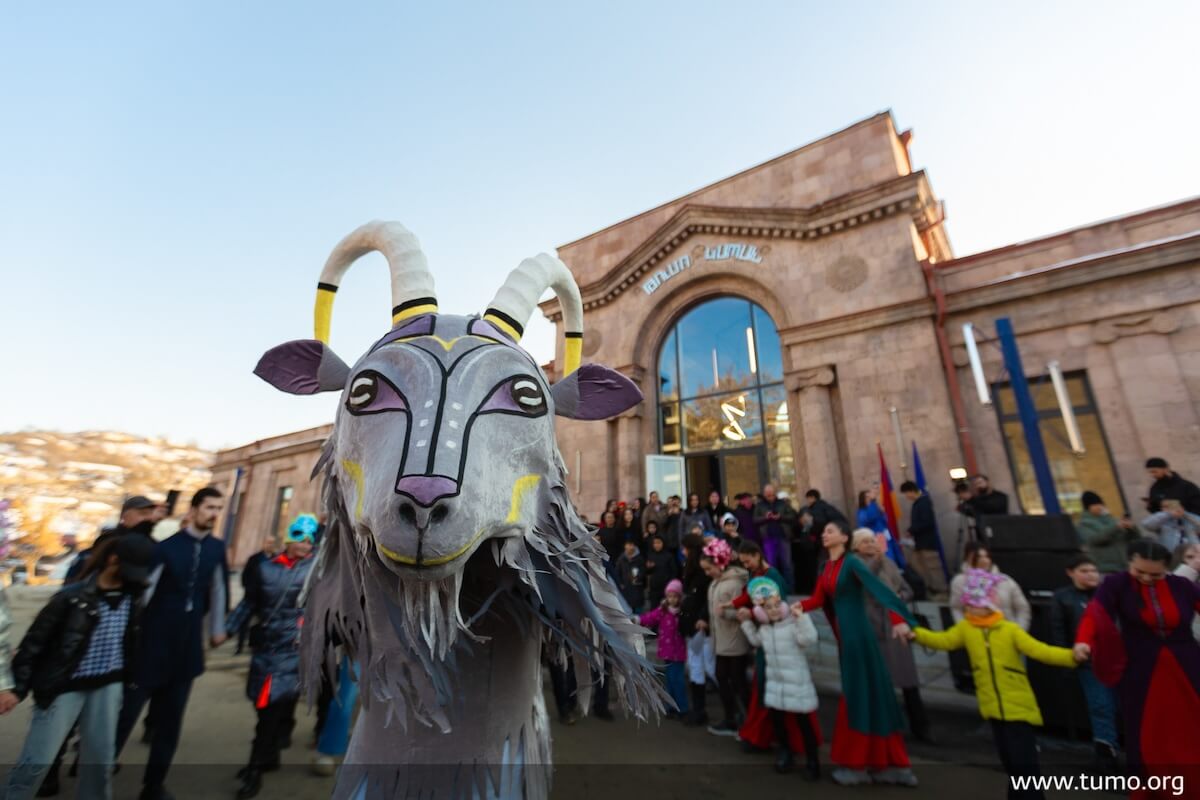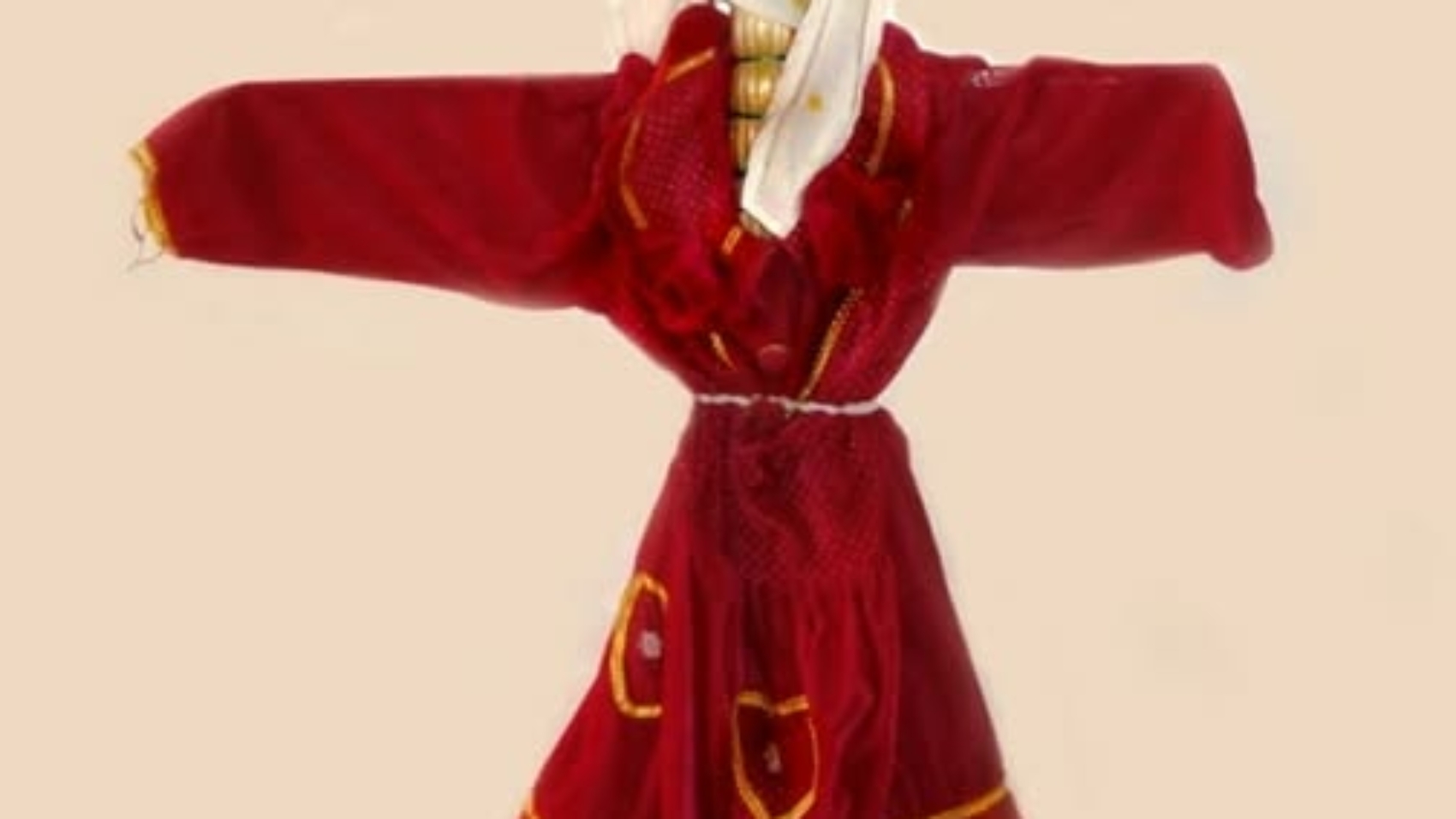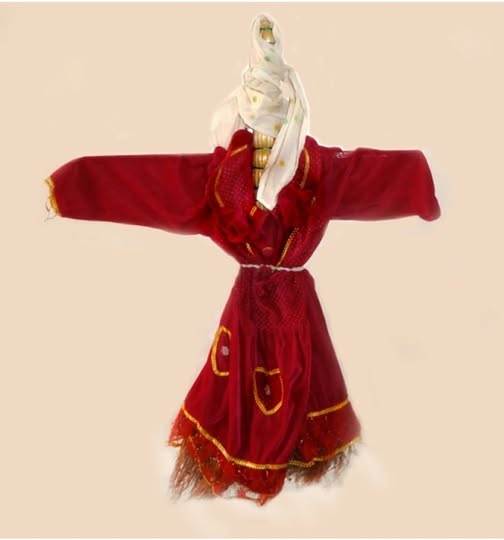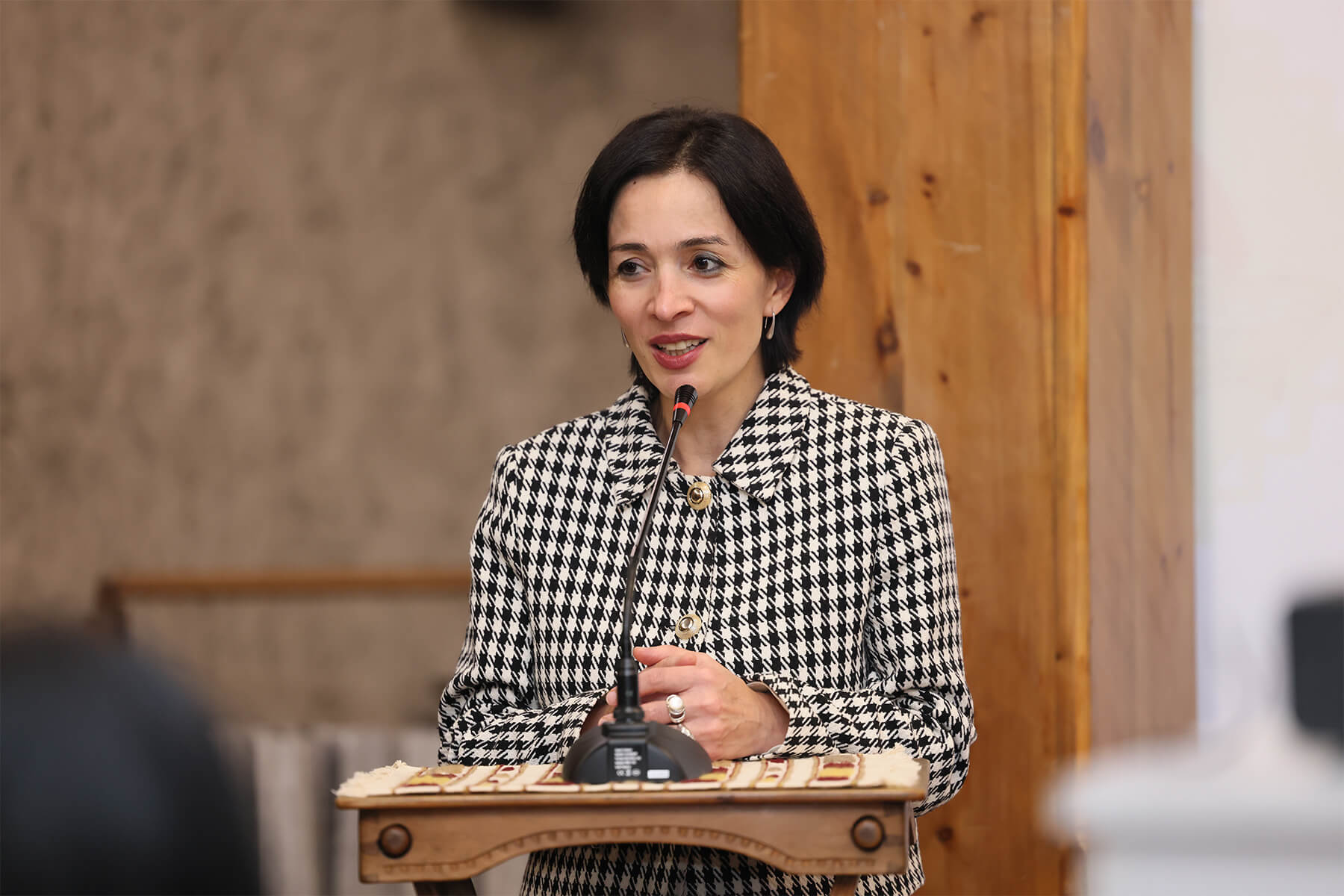
October 17 marks the International Day of Intangible Cultural Heritage. On this occasion, the Ministry of Education, Science, Culture and Sports of Armenia announced a competition entitled “The Intangible Cultural Heritage of Armenia” for students in grades 8–12, which took place from October 3 to 9. Within seven days, nearly 1,700 students participated.
Today, Minister Zhanna Andreasyan presented certificates of appreciation and incentive gifts to the winning students. The award ceremony was held at the Hovhannes Sharambeyan Museum of Folk Arts and was also attended by Deputy Minister Alfred Kocharyan.
Congratulating the schoolchildren on both the occasion and their success in the competition, Minister Andreasyan expressed hope that, regardless of contests, the celebration of the Intangible Cultural Heritage Day will become a tradition in Armenian society:
“It is very important that we are able to clearly recognize, distinguish, and understand the intangible cultural heritage that forms part of our daily lives — and know how to preserve and develop it. I believe our rich intangible cultural heritage can become a true source of inspiration and a motivation for creative work.”
The Minister emphasized that the high level of participation demonstrates a genuine public interest in the field, which serves as a strong foundation for future initiatives.
“The preservation, development, and promotion of intangible cultural heritage are national priorities, enshrined in the 2023–2027 Strategy for the Preservation, Development, and Promotion of Culture. The inclusion of new elements in both the national and UNESCO lists is an ongoing process,” noted Andreasyan.
She also stressed the importance of involving schoolchildren in collecting and incorporating relevant information into educational databases, encouraging them to inspire their peers to join similar initiatives, and expressing gratitude to teachers for their continued dedication.
As an incentive, the winners received Astghik Israelyan’s book “Salt and Bread” (2023) and the opportunity to participate in the Folk Art Museum’s educational programs on carpet weaving or traditional Armenian song and dance.

